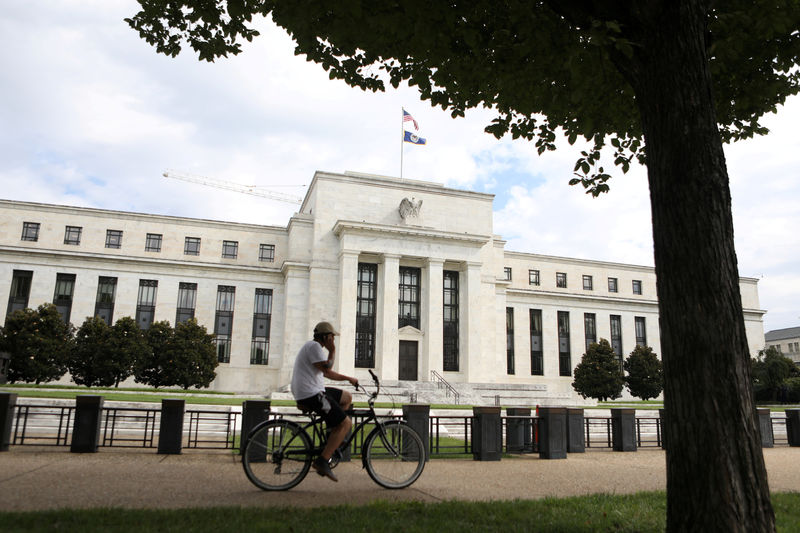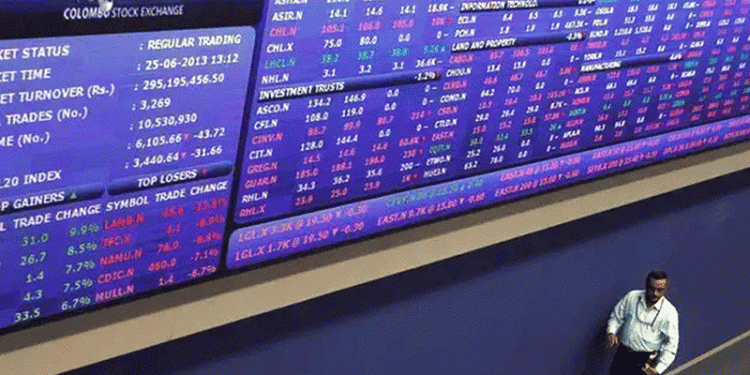 © Reuters. A cyclist passes the Federal Reserve building in Washington, DC
© Reuters. A cyclist passes the Federal Reserve building in Washington, DCBy Ann Saphir
SAN FRANCISCO (Reuters) – A narrowing gap between short-term and long-term borrowing costs could be signaling heightened risk of a U.S. recession, researchers at the San Francisco Federal Reserve Bank said in a study published on Monday.
The research relies on an in-depth analysis of the gap between the yield on three-month and 10-year U.S. Treasury securities, a gap that like other measures of short-to-long-term rates has narrowed in recent months.
Several Fed officials have cited this flattening yield curve as a reason to stop raising interest rates, since historically each time it inverts, with short-term rates rising above long-term rates, a recession follows.
The study, published in the San Francisco Fed’s latest Economic Letter, bolsters that view.
“In light of the evidence on its predictive power for recessions, the recent evolution of the yield curve suggests that recession risk might be rising,” wrote San Francisco Fed research advisers Michael Bauer and Thomas Mertens.
Still, they noted, “the flattening yield curve provides no sign of an impending recession” because long-term rates, though falling relative to short-term rates, remain above them.
The yield on the 10-year Treasury note
That is a “comfortable” distance from actual inversion, which is the true signal of a recession, they wrote.
The Fed is expected to continue raising rates for at least the next couple of quarters, though markets expect it to raise rates just once next year, while Fed officials expect to raise them three times.
Other researchers both inside and outside the Fed have cited the build-up of bonds at the Fed and other central banks since the global financial crisis as one reason to doubt the signaling power of an inverted yield curve. That is because the large bond-holdings may be pushing down long-term rates.
Similarly, investor preference for U.S. debt, seen as low-risk, may also be driving down yields on long-term Treasuries and distorting the yield curve, making it less reliable as an indicator of a coming recession.
A recent paper from researchers at the Washington-based Fed board looked at a different part of the yield curve and found little cause for concern.
The debate is likely to continue, as rarely does one study settle any matter in macroeconomics.
Fusion Media or anyone involved with Fusion Media will not accept any liability for loss or damage as a result of reliance on the information including data, quotes, charts and buy/sell signals contained within this website. Please be fully informed regarding the risks and costs associated with trading the financial markets, it is one of the riskiest investment forms possible.
Source: Investing.com



























